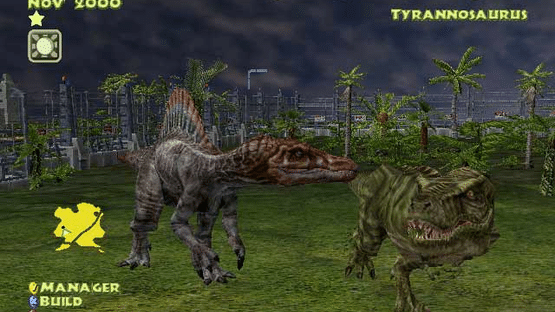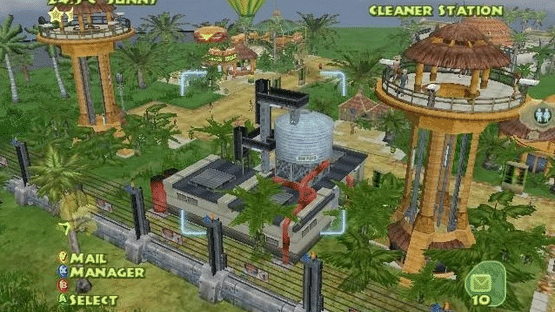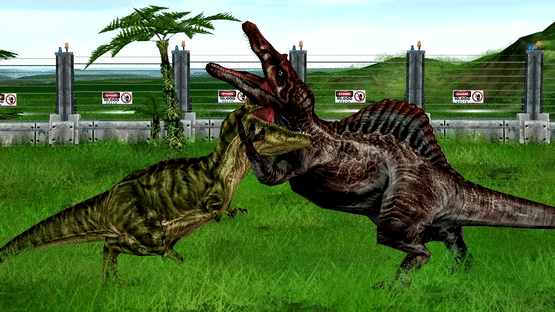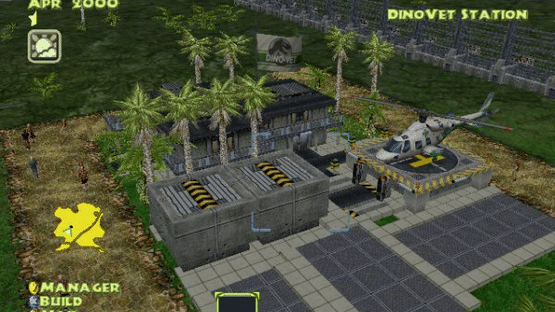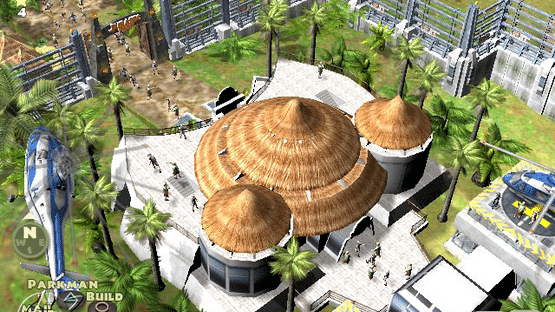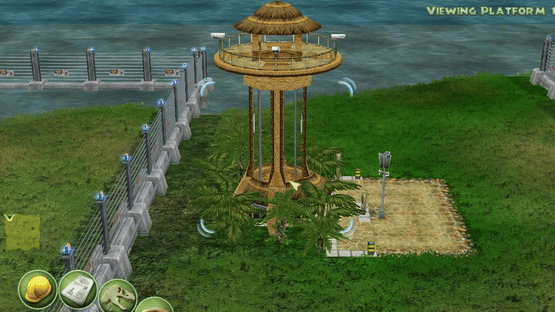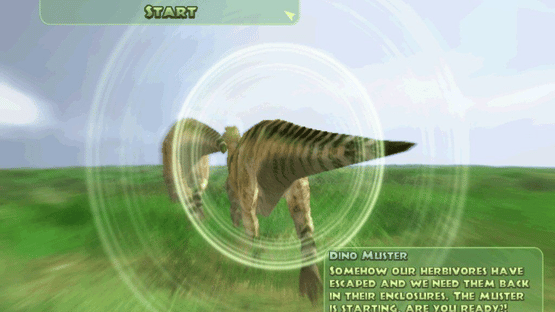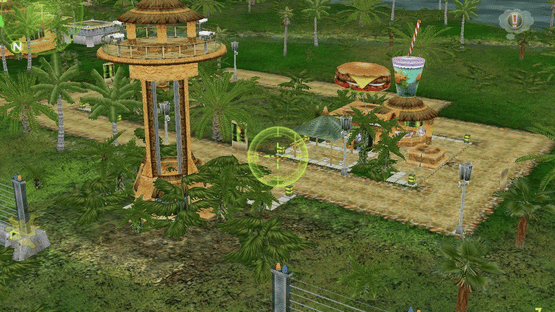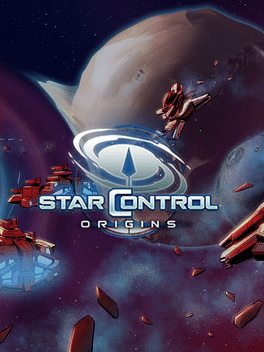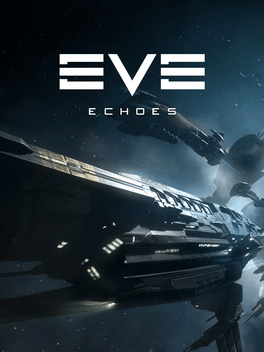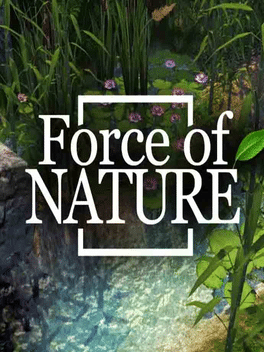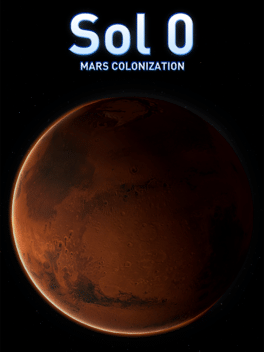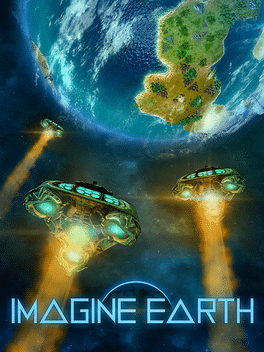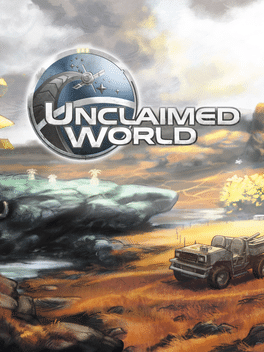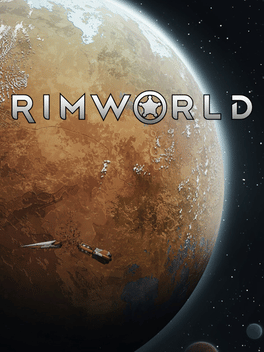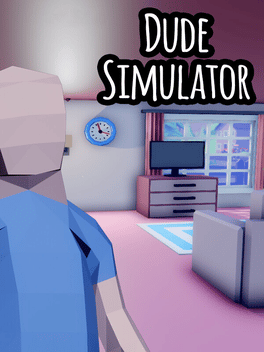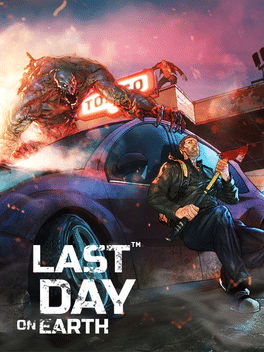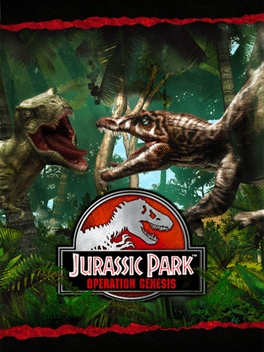
Jurassic Park: Operation Genesis (2003)
Jurassic Park: Operation Genesis (often abbreviated JP:OG or simply JPOG) is a park-building game that allows players to create their own version of Jurassic Park. It is reminiscent of games like SimCity and Zoo Tycoon. Parks can earn stars by entertaining visitors. As a players park earns stars, the park will become more popular. The more stars and popularity, the more visitors players will have. It is one of the more popular Jurassic Park games to be released.
star 7.3 from 50 ratings.
- Release Date: March 10, 2003
- Developer: Konami
Screenshots
Video
Related Games
-
Eve: Echoes
2020
-
Force of Nature
2016
-
Imagine Earth
2021
-
Unclaimed World
2014
-
RimWorld
2018
-
Dude Simulator
2017
-
Mashinky
2018
